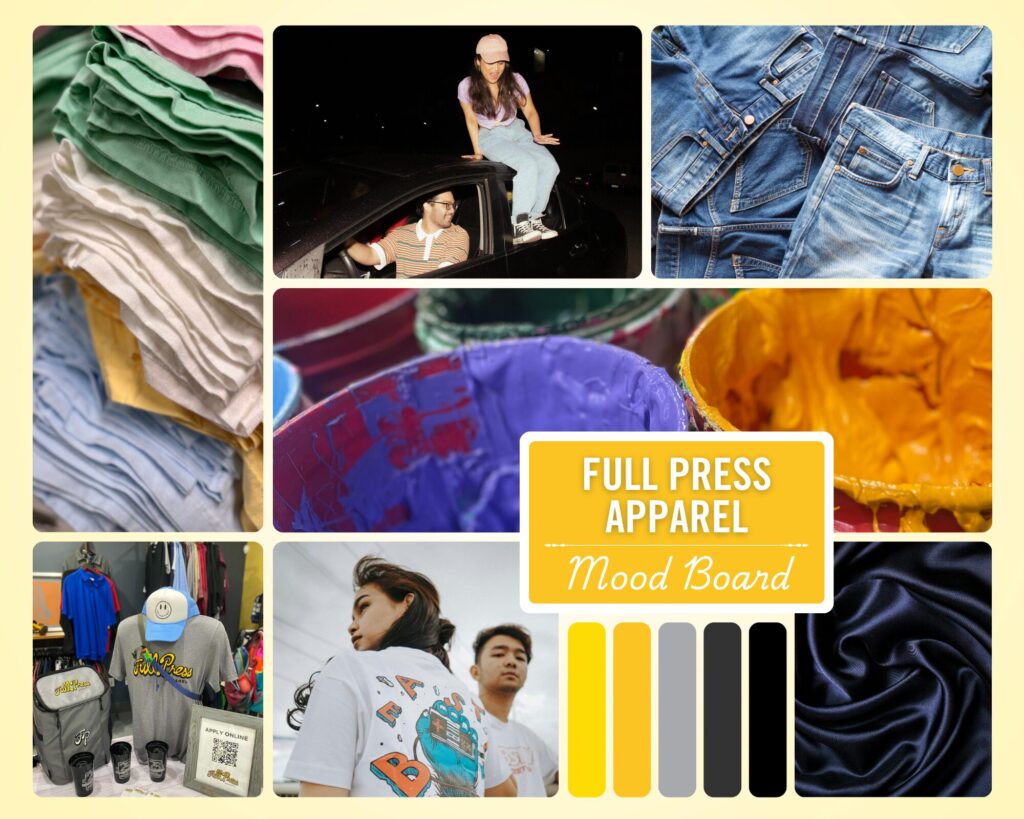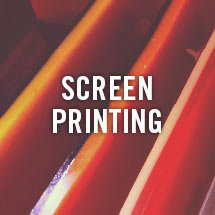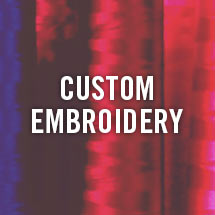A beautiful merch booth or store display can entice customers and make them want to stop and learn more about you and your brand. You can create a great display anywhere, from store windows to a table at a farmers’ market, craft fair, business networking event or conference.
Here are our best tips for creating a beautiful store display or merch booth with visual merchandising.
Why Create a Display?
A store display can be many different things, but it’s first and foremost a display of products in a retail environment, such as a boutique or trade event. Through creative and thoughtful presentation, the goal is to:
- Catch the customer’s eye
- Showcase a product or service
- Tell a story or reinforce a theme
- Influence purchasing decisions
You can create a display by combining your merchandise with props, lighting and signage. You want it to look cohesive, appealing and inviting, encouraging your customer to take a closer look.
Types of Store Displays
There are many kinds of store displays and booths, and each one requires a different strategy for success. A few of the most common include:
Window Displays: Located in front of a store to drive in traffic, these displays are rotated regularly with seasons and holidays.
Tabletop Displays: Great for conferences, farmer’s markets and trade booths, tabletop displays can be created on any flat surface.
Point-of-Purchase (POP) Displays: These are located at the register or other point of purchase (such as the person holding a tablet for checkout) and display smaller products or add-ons for last-minute or impulse purchase. These can be large-scale (in a store) or smaller (on a merch table).
How knowledgeable are you about best practices for designing a store display? Find out by taking this quiz.
What Do You Need for a Store Display?
Successfully creating a great store display starts with having the right tools. You might need:
- Display Tables
- Baskets and Bins
- Mannequins and Dress Forms (For Apparel)
- Sign Holders and Frames
- Risers and Pedestals
- Shelving
- Accent Lighting
- Product Stands and Holders
- Chalkboards and Writable Signs
- Safety Pins, Adhesive Strips and Zip Ties
- Level and Tape Measure
Having these basics on hand is essential for building the booth or store display you want. Once you have the basic structure established, then you can add more creative and decorative touches to really make your product or service shine.
Understand Your Customer
When designing a display, it’s first important to ask: Who are you selling to? No matter what industry you’re in or what you are selling, you should always be aware of your audience so they can be at the center of your plan.
Who are they and what are they buying?
For some businesses, the audience might differ based on what type of display they’re setting up and what they’re selling, especially if they sell multiple product types.
Determine your ideal customer’s age range, hobbies, interests and income level. This is who you should be gearing your display toward. Based on their characteristics, consider these questions.
- How can my products and display capture my audience’s attention based on their hobbies and interests?
- How will my display reflect their age range and provide value?
Over time, it will also be important to gather customer feedback and make adjustments accordingly.
Choose Your Store Display Theme
Great visual branding doesn’t just sell a product, it tells a story.
Make a plan for the layout of your display but also for the theme/story you want to tell. This can be something trending (a popular color scheme, such as pink for Barbie), a holiday (an autumnal display for a fall market) or something that is specific to your brand (using your brand’s logo or a play on words with your business name).
This is a prime opportunity to display your creativity, as long as it aligns with your brand identity. You can use color theory to figure out the colors that work well with your branding and use that to determine the right theme.
INSPO: Create Your Own Merchandising Mood Board
A great store display starts with a clear vision – and a mood board is the perfect tool to bring that vision to life. Here’s how you can create your own.
1. Define your vibe.
Consider your brand’s personality. Is it modern and polished? Earthy and handmade? Bold and trend-forward? Jot down a few keywords to describe the feeling you want your display to evoke.
2. Gather visual inspiration.
Search Pinterest, Instagram or even photos of past displays for elements you’re drawn to such as color palettes and styles. Save or screenshot anything that resonates.
3. Choose a format.
Use a tool such as Canva or a simple slide deck to lay out your images. Group them by theme:
- Color swatches
- Inspiration photos
- Product examples
- Overall aesthetic
4. Use it as a guide.
When planning your next display, refer to your mood board to stay visually consistent and on-brand.

Best Practices and Tips to Design a Store Display or Booth
There are several design principles you can apply to direct the customer’s eye to what you want them to focus on. Here are a few helpful tips.
- Use the rule of three. This involves grouping three items together. One item should be larger or more distinct from the other two. This will grab attention and create symmetry.
- Create a focal point to draw their eye. If you look at any picture or display, your eyes will always be drawn to something. Decide what you want your focal point to be for customers, then make sure it stands out in a tasteful way.
- Use a visual hierarchy to help them find where to focus.
- Don’t make it too cluttered. Simple is better and easy to look at. You want the display to feel neat and organized, not chaotic.
- Use fun props, accent pieces and materials to show your personality, but don’t let your products get lost. Find accent pieces that elevate your product but don’t take away from its qualities.
- Don’t forget to leave space for signage, labels and price tags as needed for the occasion. If there’s important information, make sure your customers don’t miss it. You can also be creative with these. Consider using recycled paper or playing cards in place of tags.
Applying these design principles can help you make the most of your marketing budget.
Get Expert Help with Your Visual Merchandising
Visual merchandising is an art—and it starts with having great products to display. Our team at Full Press Apparel can help guide you through popular items and how to incorporate them into your budget. From small projects to big orders, we’re backed by decades of experience and commitment to getting it just right. Call or send us a message today to discuss your big dreams and how we can make them happen.





